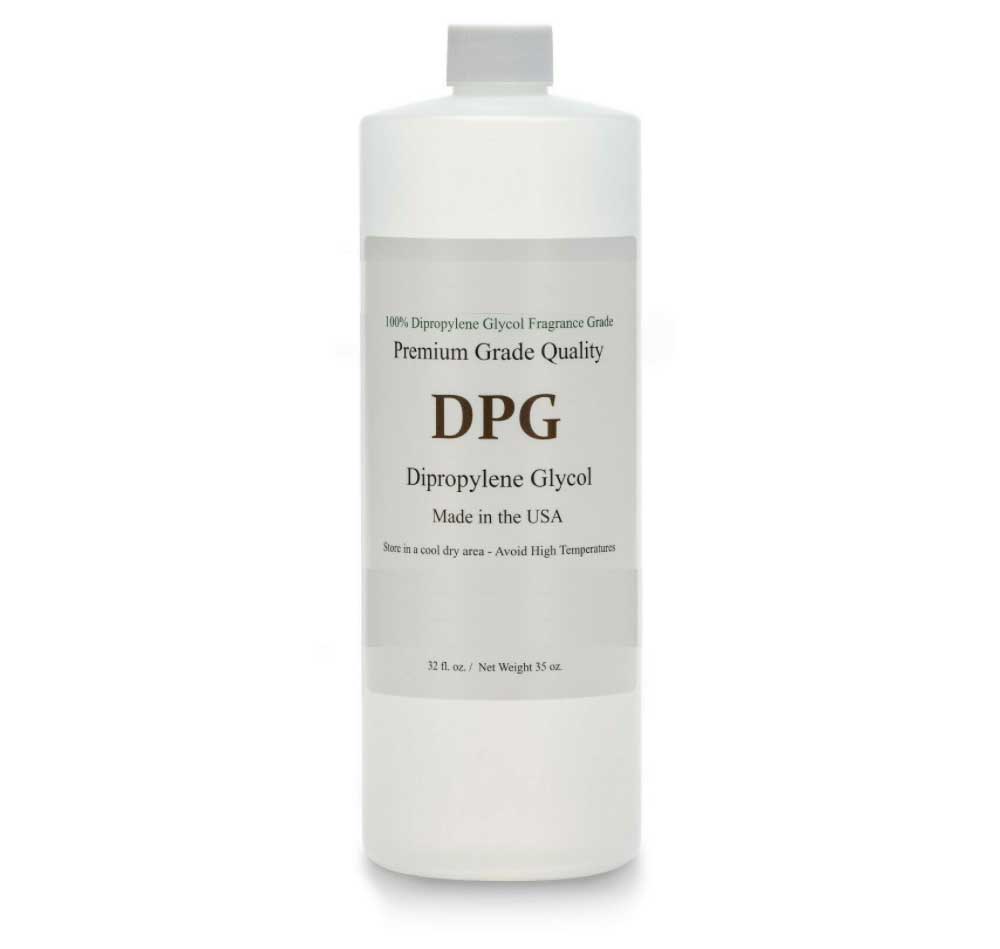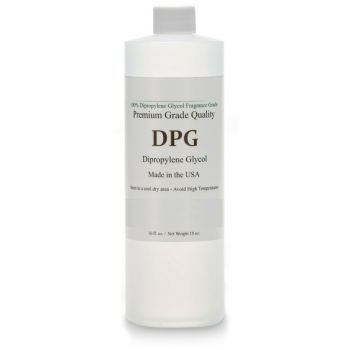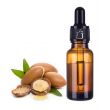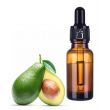We use cookies to make your experience better. To comply with the new e-Privacy directive, we need to ask for your consent to set the cookies. Learn more.

DPG Cutting Oil
In machining and metalworking processes, the commonly-utilized cutting fluid is DPG (Dipropylene Glycol) Cutting Oil. This type of fluid performs multiple indispensable tasks within these applications:
DPG cutting oil facilitates heat dissipation in metalworking operations like cutting, grinding, and others: it wards off overheating of the tool and workpiece. This prevention is crucial because excessive heat can induce tool wear; furthermore, it may cause dimensional inaccuracies within the workpiece--a detrimental consequence that demands meticulous attention.
Lubrication: Acting as a lubricant, it decreases friction between the cutting tool and workpiece; this process minimizes wear on tools--resulting in smoother, more precise cuts.
DPG cutting oil aids in chip control by flushing away metal chips and swarf (metal shavings) that machining produces: it guarantees an interference-free cutting process, efficiently evacuating the chips from the work area.
The use of cutting oil enhances the machined surface's quality, yielding a workpiece with smoother and more polished finish: this is known as Surface Finish.
Rust Prevention: Rust inhibitors, present in certain DPG cutting oils, shield the workpiece and cutting tools from corrosion.
Environmental Considerations: Often, individuals select DPG cutting oil due to its comparatively lower environmental impact than traditional cutting oils. This choice results from the reduced likelihood of emitting harmful fumes or pollutants - a characteristic that positions it as an eco-friendly option.
Various formulations of DPG cutting oil suit different machining processes and materials, including ferrous and non-ferrous metals. To guarantee effective and safe machining operations, users must adhere to manufacturer recommendations as well as safety guidelines when utilizing these cutting oils.





